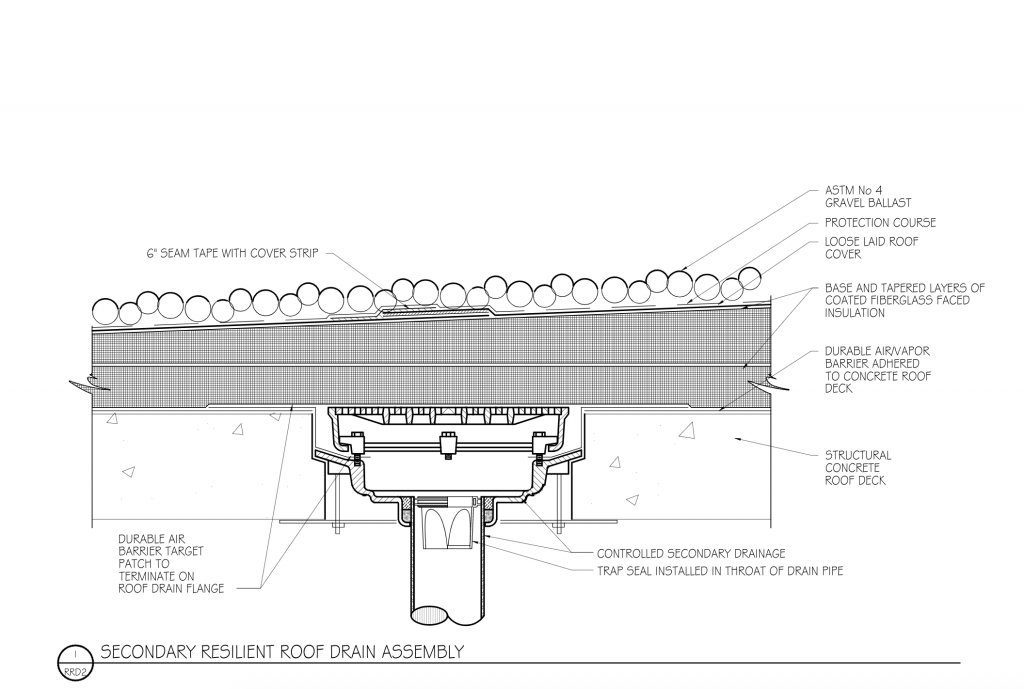The gravel used in built up roofing what the roofing contractors were used to was not the same as that used in a ballasted roof.
Gravel ballast roof weight.
Drawbacks of a ballasted roof system.
The buildup is ballasted with a gravel layer of at least 50 mm and 80 kg m 2.
Gravel on a ballast roof system.
Ballast is a different style of gravel which is applied to single ply roofing systems.
None asphalt roll roofing.
Check out eng tips forum s policies here.
Although the primary purpose of ballast is to weigh down the roofing materials it also offers similar protective benefits as described above.
On the other hand ballast roofing might be the right choice for your commercial property if you live somewhere with a ready source of ballast rocks gravel of the appropriate size and you prefer the aesthetic look and texture of the larger stones.
Roofs with pavers as ballast can be used as outdoor patios.
Gravel ballasted roofs with sikaplan or sarnafil single ply membranes are conventionally installed.
Felt tar and gravel roofing 4 ply 5 3 lb m ft 2 25 9 kg m 2 felt tar and gravel roofing 5 ply 6 1 lb m ft 2 29 8 kg m 2.
I ve had the same questions i think that the 6 psf range given in many tables is for a multi ply roofing with gravel that is impregnated into the top layer.
When it comes to estimating the weight of an existing roof field verification of the in place construction is necessary.
A built up roof for example will typically include the built up membrane itself with or without gravel as well as some kind of insulation and cover board which will vary in thickness from roof to roof.
Adds a lot of weight to the roof system typically 10 15 pounds per square feet.
The use of timber decking can also be considered as a ballasted application but due to its general lack of sufficient actual dead weight to resist.
The stones used in ballasted roofing are generally 1 5 2 5 inches in diameter and applied in a thicker layer.
The single ply membrane and other roof components including thermal insulation are loose laid.
Extremely difficult to find a leak in this system since the membrane is well hidden.
For built up roofing the gravel was generally 25 5 inches in diameter.
A loose ballasted roof where you have 1 to 2 inches of gravel is more on the order of 12 psf.
Gravel ballast of 20 40 mm diameter is required in order to provide resistance to the effects of wind scour bre digest 311 july 1988 refers which can easily remove smaller units from the roof.
The weight provided by the gravel is used to anchor down the roof materials therefore using far fewer fasteners to hold the materials to the decking.
Specifically there are two main reasons to use a ballasted roof system.
Ballast tar gravel roofing.

